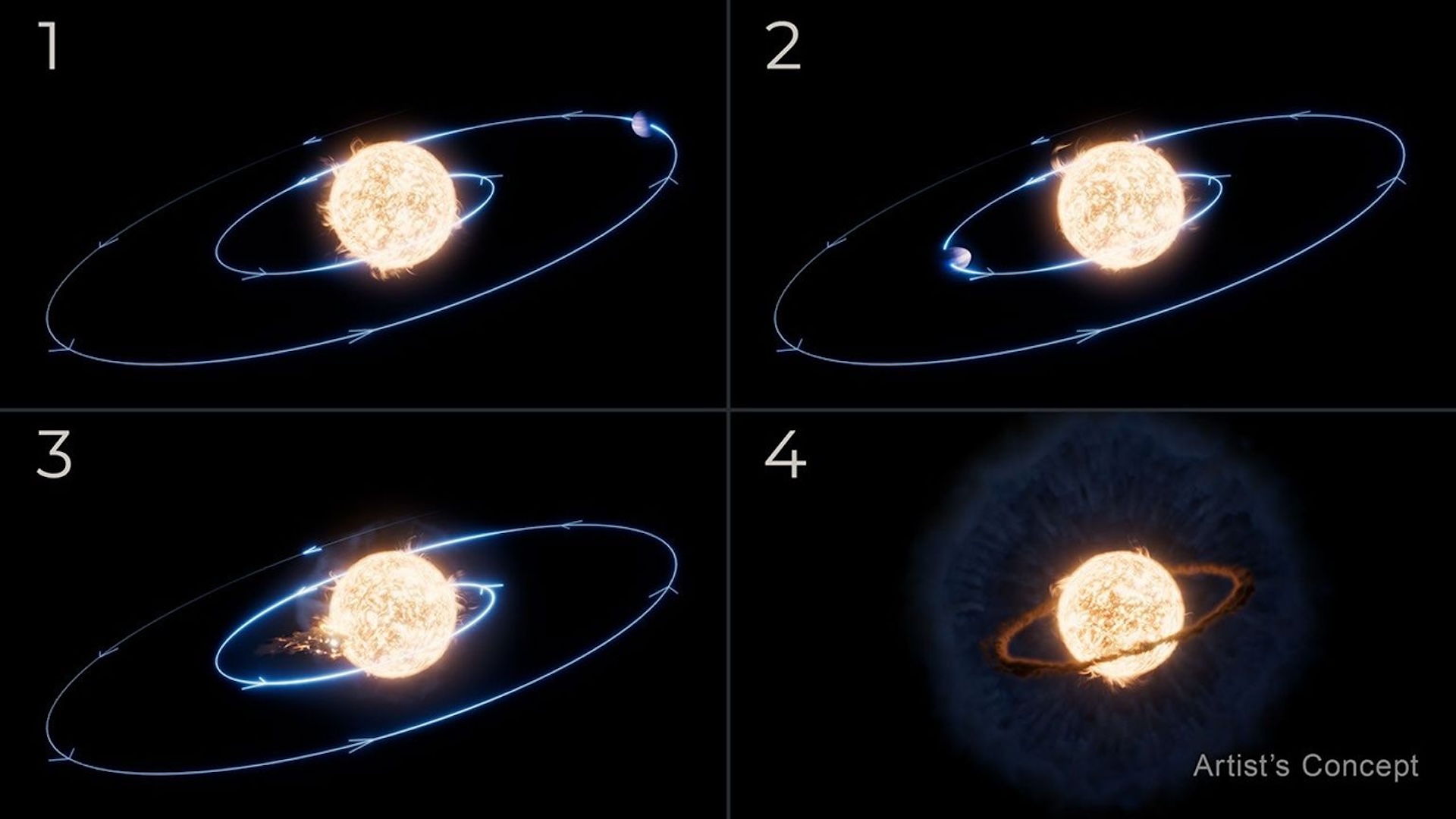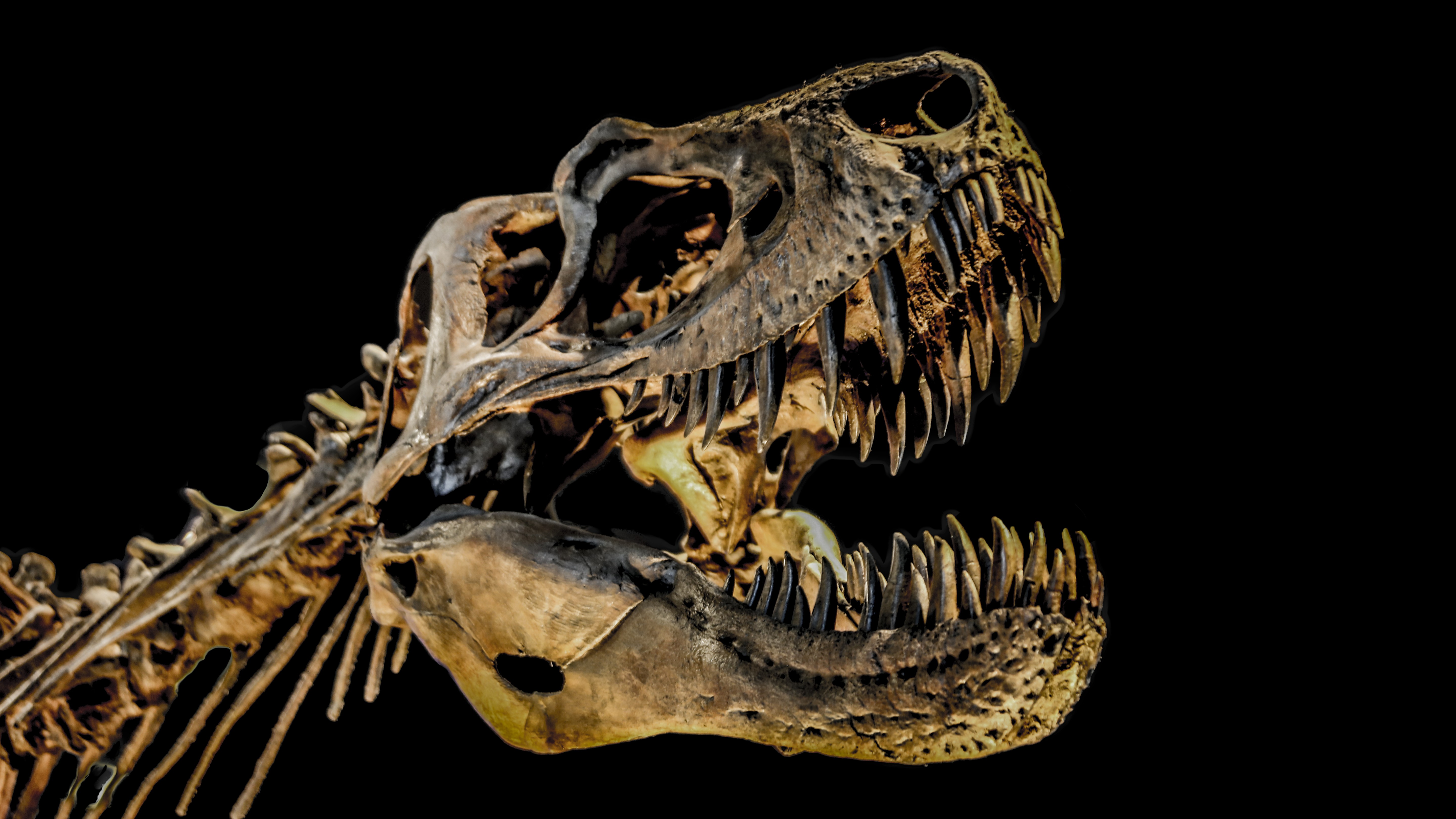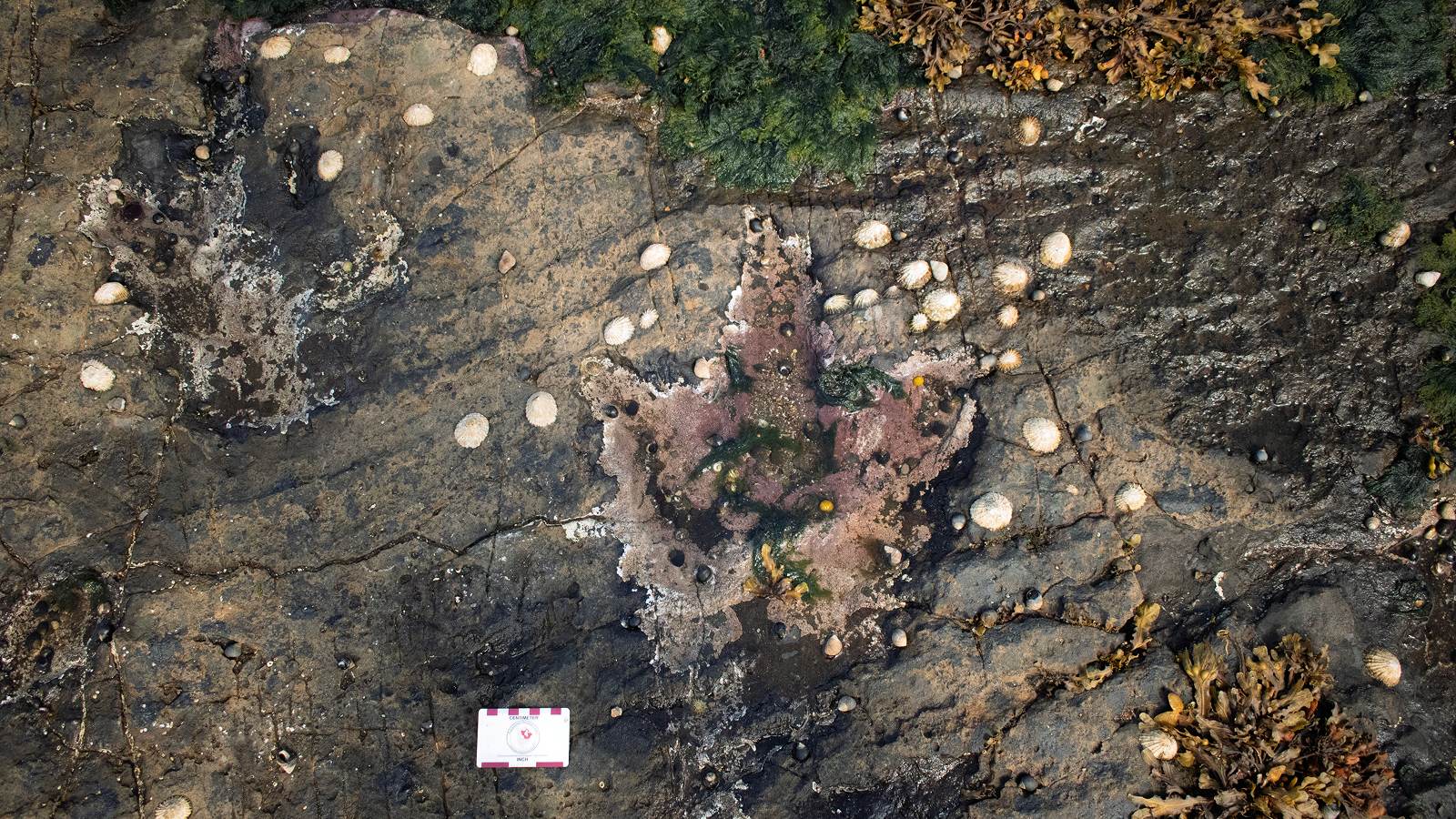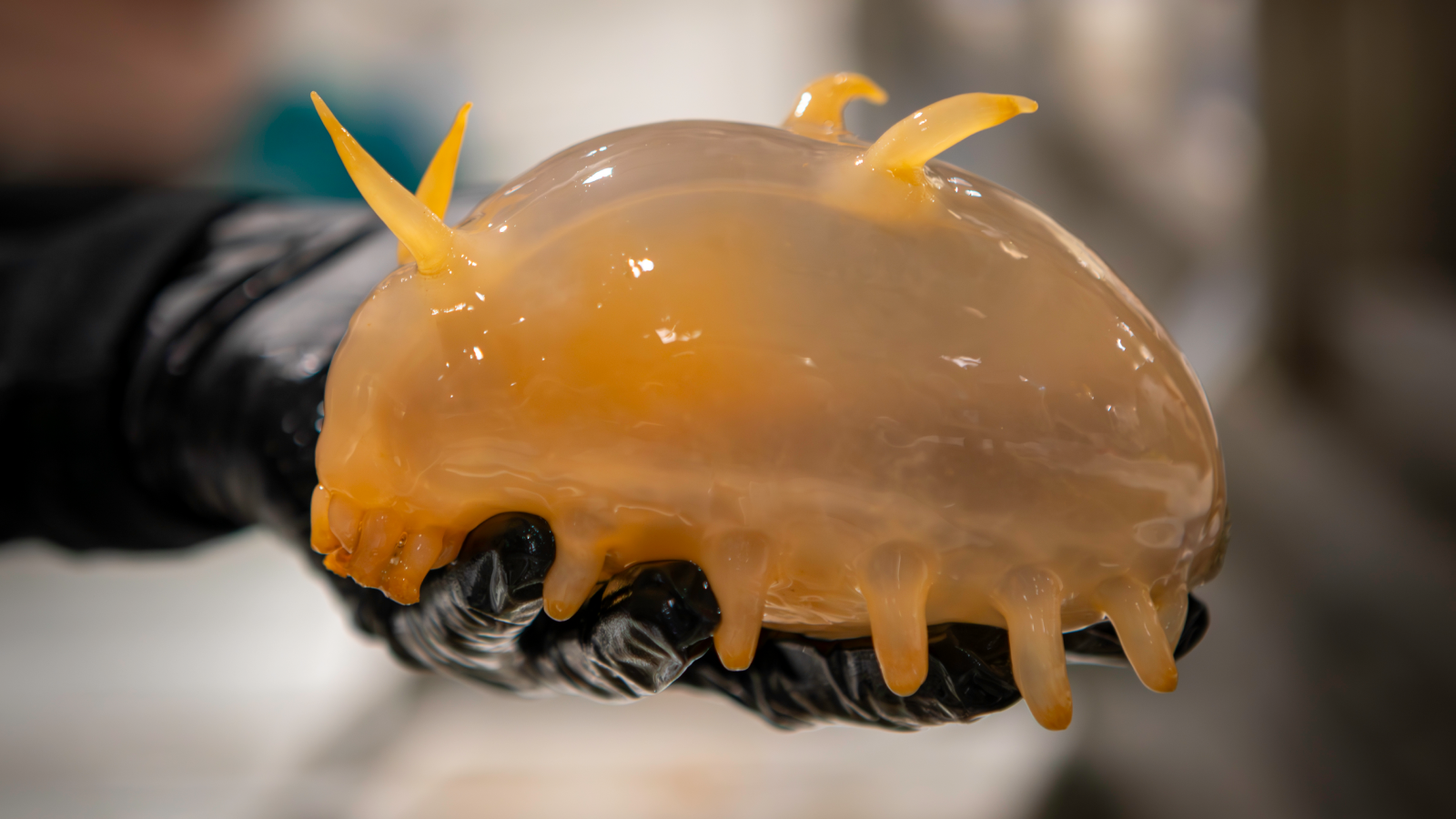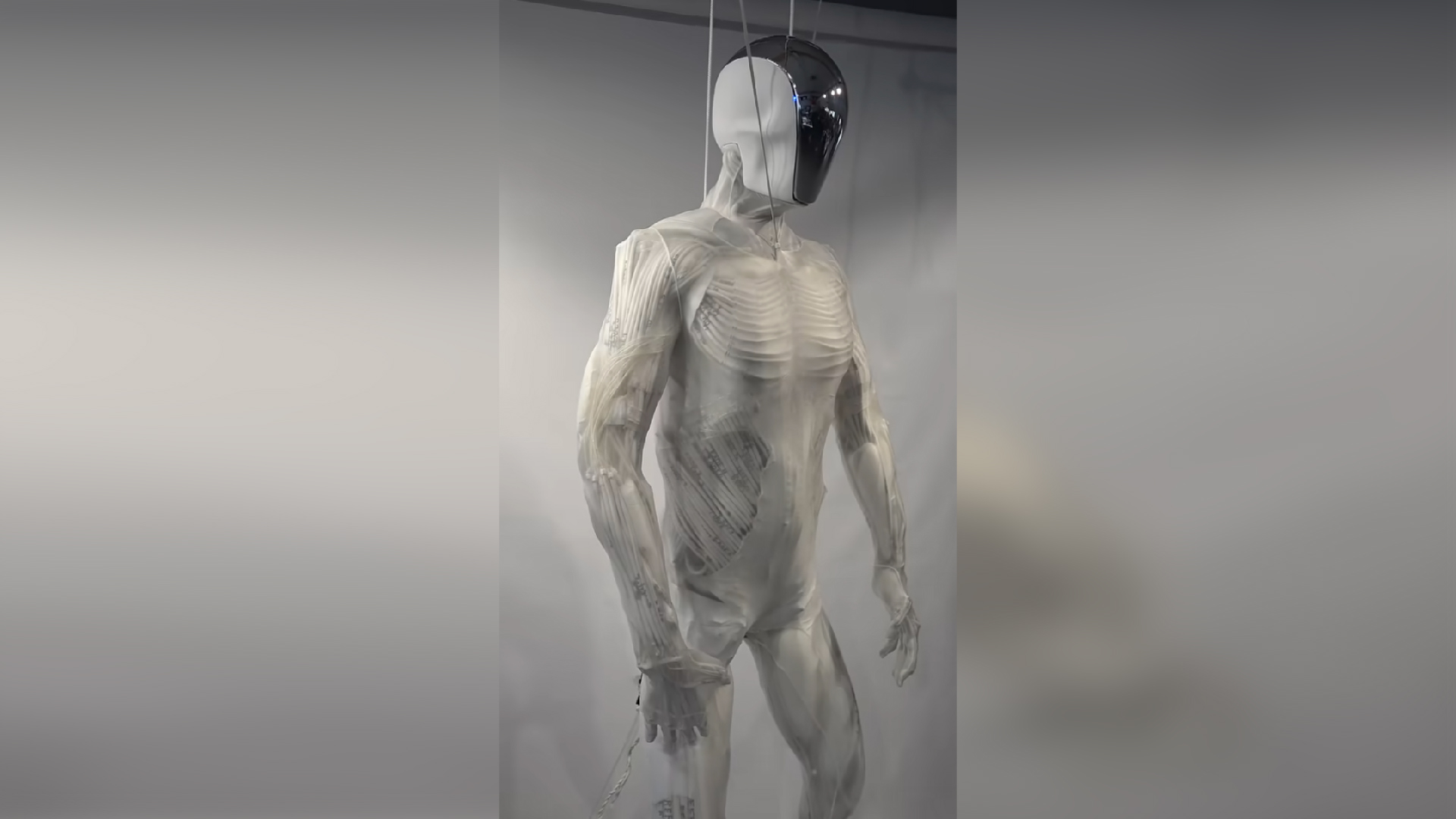NASA only needs a single grain of ice to detect alien life on Enceladus, study finds
The icy moons of Saturn and Jupiter shoot enormous geysers into space that may contain evidence of life. New research shows that NASA only needs to grab a few grains of ice from these plumes to find out for sure.
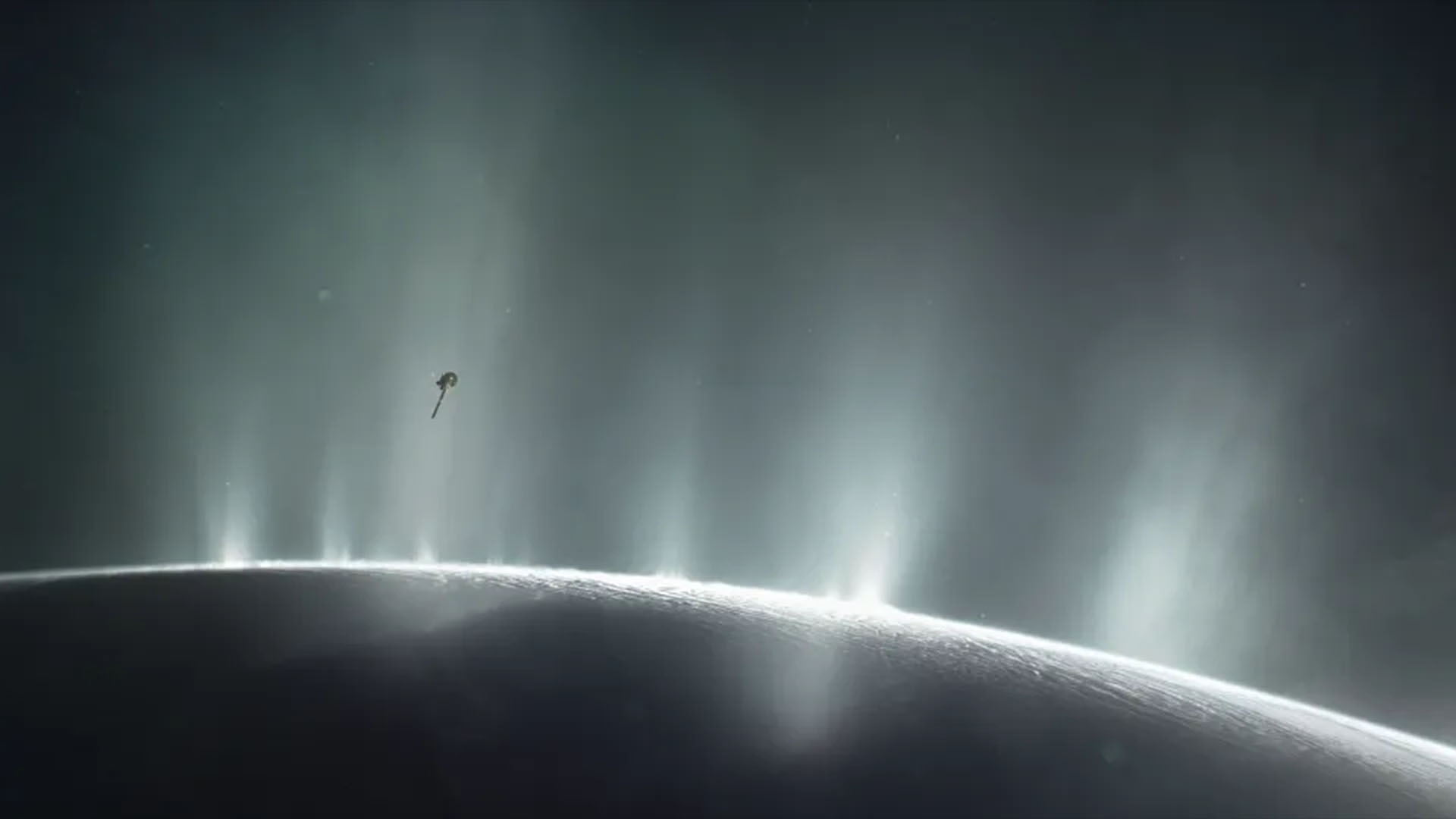
Spacecraft flying through ice plumes in space could help scientists spot alien life — even if it's only tiny bits of a cell in a few grains of ice, lab experiments have revealed for the first time.
If alien life resides on Saturn's moon Enceladus or Jupiter's Europa, enormous geysers blasting out of the moons and into space are currently the most accessible way to find evidence of it. As recent studies of Enceladus have shown, these powerful plumes originate from each moon's vast subsurface ocean and spew out into space via cracks in their icy shells, ferrying ice grains that scientists think could be infused with bacterial cells and other organic molecules. Spacecraft flying through these plumes can then identify signs of life that may be encrusted in the ice, the new research shows.
"It's just astonishing how well we can identify a bacterial cell in these grains," Fabian Klenner, a researcher at the University of Washington in Seattle and lead author of the new study, told Live Science. "Even if there is only a tiny fraction in a handful of grains, we can find it with these instruments."
By sampling and analyzing plumes of Enceladus and perhaps Europa, scientists can learn whether life-friendly molecules exist in their subsurface oceans. But of the hundreds of thousands of ice grains blasted into space by these icy moons, bacterial cells may be concentrated only in a tiny number of them.
Related: NASA unveils cryptic message from Earth to be sent to Jupiter's icy ocean moon Europa
Cells on ice
To simulate such a scenario in a lab, Klenner and his team mixed cells of freeze-dried bacteria named Sphingopyxis alaskensis in liquid water such that there was one bacteria cell in every droplet, on average. Commonly seen in Alaskan sea waters, S. alaskensis lives in cold environments and can survive on low nutrients, "which makes it a better analog than many other organisms that we know from Earth," Klenner told Live Science.
"They are extremely small, so they are in theory capable of fitting into ice grains that are emitted from an ocean world like Enceladus or Europa," he said in a statement.
Sign up for the Live Science daily newsletter now
Get the world’s most fascinating discoveries delivered straight to your inbox.
In the experiment, described in a study published Friday (March 22) in the journal Science Advances, the researchers used a very thin tube to inject this water into a small vacuum chamber. The water droplets were 15 micrometers in diameter, "which is a bit bigger than the ice grains in space but it is still extremely tiny," Klenner told Live Science.
A laser beam then charged up the water droplets and the bacteria within. Using mass spectroscopy — a technique that spacecraft are capable of performing — researchers gathered the particles' spectra, a measure of different wavelengths of light emitted by the particles, which can reveal their compositions. They found plenty of amino acids and fatty acids, among other signs that clearly pointed to a bacterial cell, which they knew was already in the water sample.
The results show even if just 1% of a cell is encrusted onto a tiny ice grain, its chemical signature will be apparent.
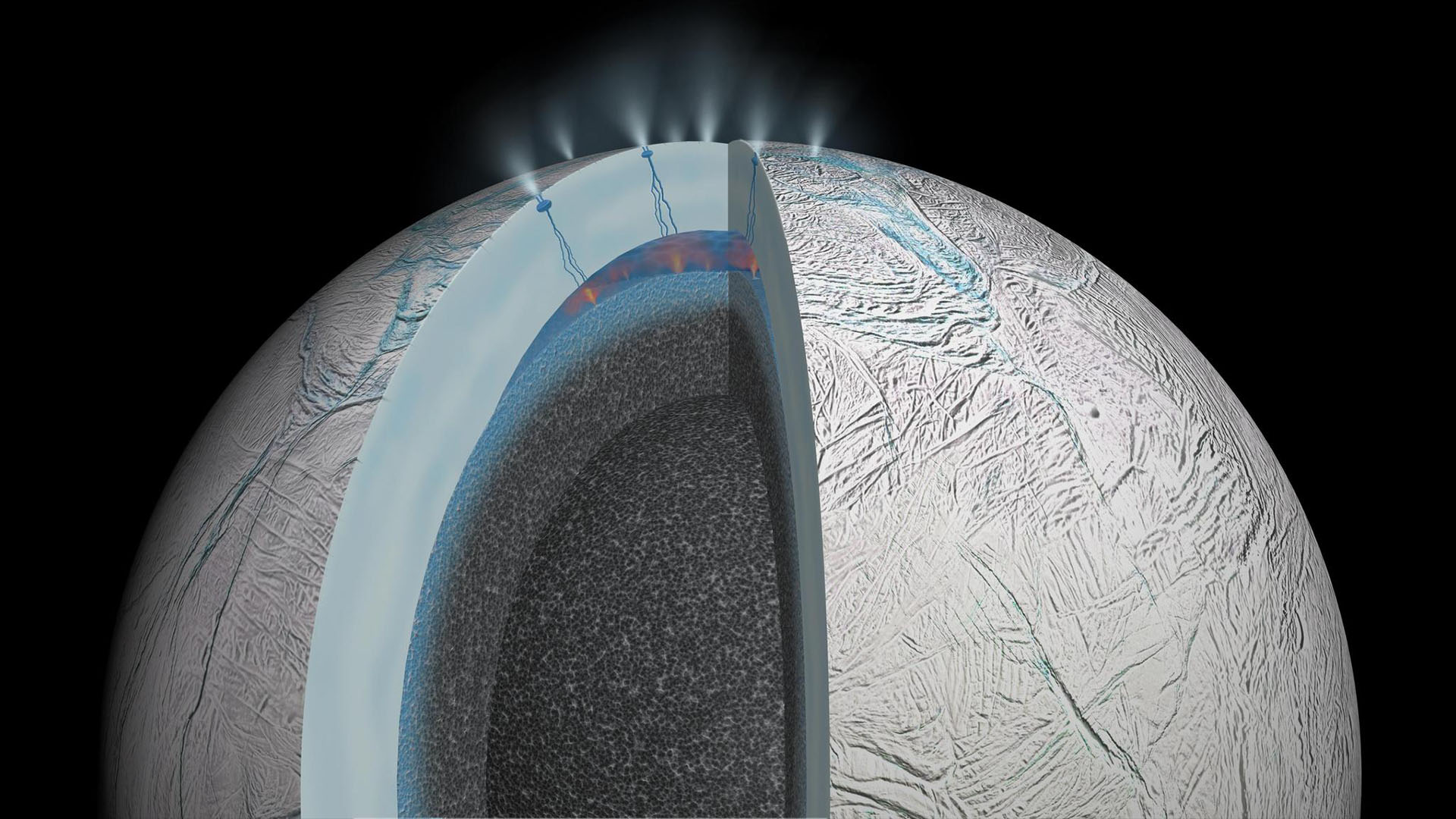
"Our results give us more confidence that using upcoming instruments, we will be able to detect lifeforms similar to those on Earth, which we increasingly believe could be present on ocean-bearing moons," Klenner said in the statement.
On a mission lasting three to four years, for instance, spacecraft can sample hundreds of thousands of grains, if not billions, across multiple flybys of a target. Even if a few of those grains revealed a spectra similar to what the researchers found, then the "chances would be not too bad that this is a bacterial cell or fragment of a cell," Klenner told Live Science. "The cool thing is you only need to find a cell in, let's say, a handful of these grains, and these instruments can tell you if there is a bacterial cell."
The dust analyzer on board NASA's Cassini spacecraft, which in 2005 discovered the plumes venting from Saturn's moon Enceladus, could record only 30 to 300 particles in each flyby. So the probe "was definitely not capable of finding bacterial cells if they were there," Klenner told Live Science.
Another NASA mission named Europa Clipper, which is scheduled to lift off this October on a journey to study Jupiter's icy moon Europa, can sample 10,000 to 100,000 individual ice grains during each flyby, raising the chances of detecting bacterial cells, if they exist on the moon.
Using such instruments, "it might be easier than we thought to find life, or traces of it, on icy moons," study co-author Frank Postberg, a professor of planetary sciences at the Free University of Berlin, said in the statement. "If life is present there, of course, and cares to be enclosed in ice grains originating from an environment such as a subsurface water reservoir."

Sharmila Kuthunur is a Seattle-based science journalist focusing on astronomy and space exploration. Her work has also appeared in Scientific American, Astronomy and Space.com, among other publications. She has earned a master's degree in journalism from Northeastern University in Boston. Follow her on BlueSky @skuthunur.bsky.social
